Ambassador Cao Zhongming: Why leaders and people alike are key to China-Singapore ties
Chinese Ambassador to Singapore Cao Zhongming says the heart of 35 years of China-Singapore ties lies in trust among leaders and warmth between peoples. In an interview with Lianhe Zaobao’s Chua Eng Wee, he reflects on the enduring patterns and evolving changes that have shaped the partnership.
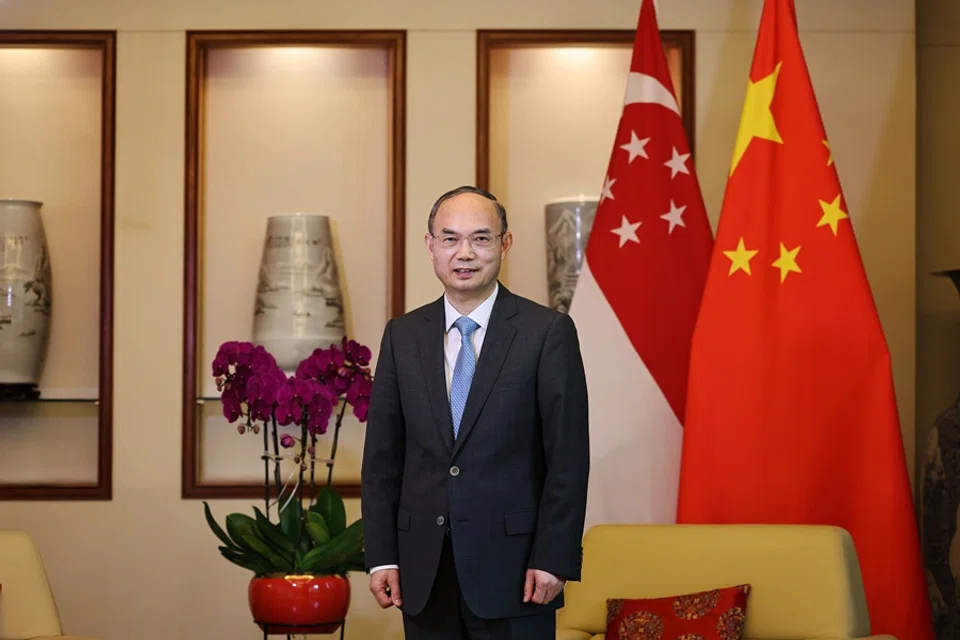
Over 35 years, Singapore–China ties have grown stronger than ever, says Cao Zhongming, Chinese ambassador to Singapore. He highlights a relationship built on mutual respect, long-term vision, and engagement between officials and citizens, shaped by what he calls the “three changes and three constants”.
The ‘three constants’
In a wide-ranging interview with Lianhe Zaobao in late September, Cao reflected on the evolution of diplomatic relations and shared his perspective on what lies ahead for the partnership. Central to his assessment is the concept of the “three constants and three changes”, which he uses to describe the enduring patterns and transformations in bilateral ties.
Despite China’s far larger size, it has consistently valued equality among nations, he noted — a principle that has helped sustain its longstanding partnership with Singapore. — Ambassador Cao Zhongming
The first constant, Cao explained, is the mutual respect between the leaders of both countries and a commitment to cooperation based on equality and mutual benefit. Despite China’s far larger size, it has consistently valued equality among nations, he noted — a principle that has helped sustain its longstanding partnership with Singapore.
The second constant is the long-term perspective both countries share. All of the three government-to-government projects — starting with the Suzhou Industrial Park (SIP), followed by the Sino–Singapore Tianjin Eco-City and the China-Singapore (Chongqing) Demonstration Initiative on Strategic Connectivity — are based on forward-thinking planning that meet the development priorities of both sides.
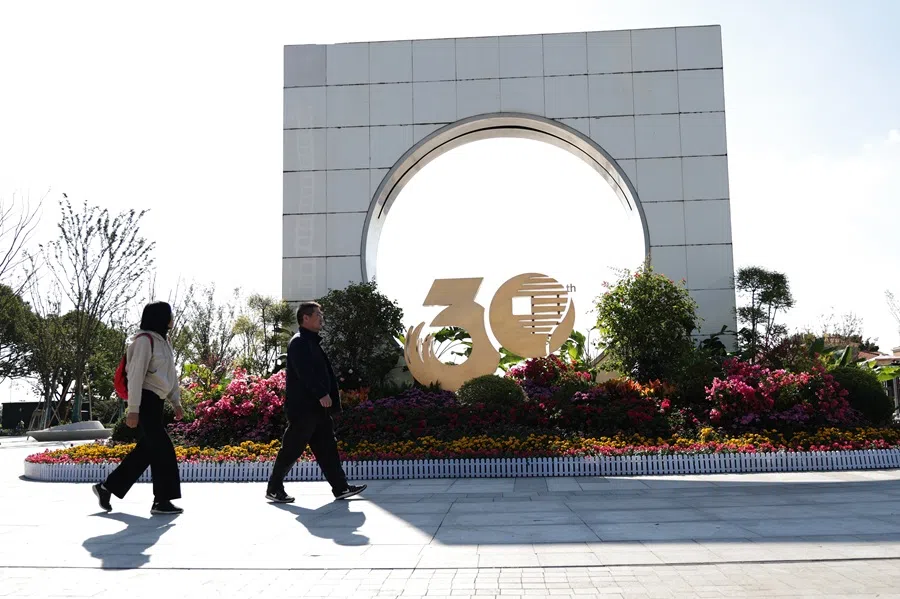
The third constant is how bilateral relations are driven by both government and the citizenry, with engagement between the officials and people of the two countries.
Evolving with donestic needs and external shifts
Over the years, Singapore–China relations have evolved, driven in large part by the changing developmental needs of both countries.
Cao raised the example of the China–Singapore flagship collaboration to illustrate: when the SIP was first developed in the 1990s, China’s priority was to deepen reforms and opening up, while Singapore was focused on the structural upgrade of its economy.
“China needed foreign investment and Singapore’s management experience,” said the ambassador. “While Singapore needed its businesses to venture abroad, to invest in China, it also needed a larger market. So in terms of developmental needs, it was a good match for both sides.”
When the Tianjin Eco-City was established, development priorities changed, with China focusing on sustainable development and environmental protection. Then in the 2010s, China put forward the Belt and Road Initiative and the Great Western Development Strategy, while Singapore welcomed the establishment of land and sea corridors linking Southeast Asia and Eurasia. “The development needs of both sides matched, and areas of cooperation were expanding,” said Cao.
Another change that occurred in bilateral relations was driven by the adjustments both countries made to adapt to the changes in the external environment. Cao said that when diplomatic relations were first established, relations were primarily bilateral as China had yet to join the World Trade Organization (WTO). After China’s accession into WTO, both countries also strengthened ties under the aegis of the multilateral mechanism, and in 2008, China and Singapore signed a free trade agreement.
Cao added, “Many changes have occurred in the external environment. After September 11, the global landscape shifted dramatically, and in recent years these changes have become even more pronounced. This requires both countries to make timely adjustments.”
“Singapore already has several strategic partnerships with other countries, and we could consider emphasising ‘strategic’ in our future engagement as well.” — Cao
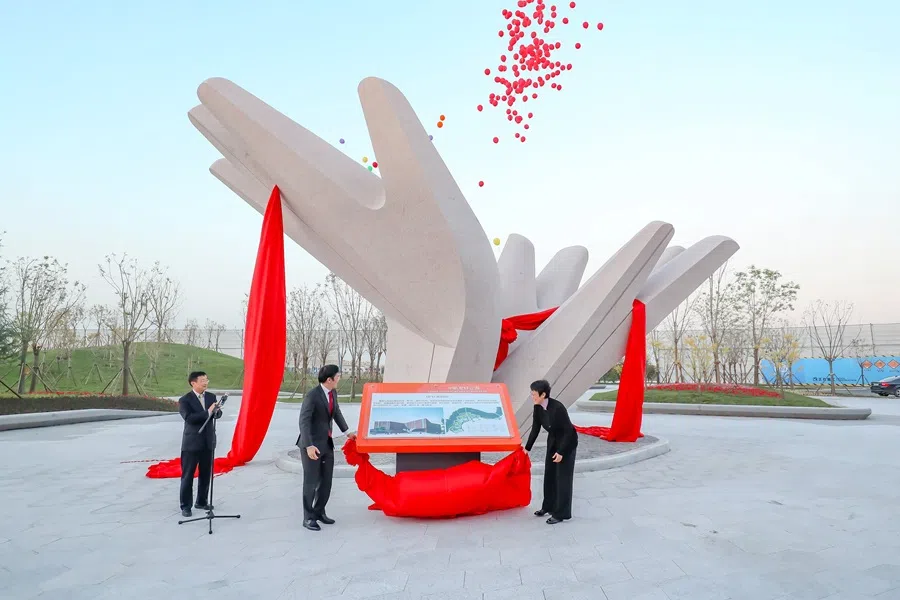
“For example, we need to strengthen regional cooperation. On top of bilateral cooperation between China and Singapore, we also have to strengthen regional cooperation with ASEAN and the Regional Comprehensive Economic Partnership (RCEP), as well as multilateral cooperation within the United Nations (UN) and WTO.”
A constant upgrading of ties
In Cao’s view, the third change in bilateral relations is the continual upgrade. In 2015, after the relationship was defined as an “all-round cooperative partnership progressing with the times”, momentum grew, and ties were upgraded to an “all-round high-quality future-oriented partnership” in 2023.
Cao assessed that bilateral ties are set to deepen further, noting that shifts in global affairs could prompt a “third upgrade” to the relationship. This might involve adding a new dimension to the current definition of an “all-round high-quality future-oriented partnership”.
He elaborated: “For example, a strategic partnership — Singapore already has several strategic partnerships with other countries, and we could consider emphasising ‘strategic’ in our future engagement as well.”
Cao believes the bilateral relationship can already be considered “all-round”, with cooperation unfolding across a wide range of sectors. Collaboration is flourishing in areas such as trade, investment, technology, and education, while other fields are still in the process of catching up.
He cited defence cooperation as one example, noting that China and Singapore have engaged in security dialogues and joint training exercises between their armed forces. “This is an area that should continue to evolve with the times,” Cao said. “Given the changing security landscape, such cooperation deserves to be further strengthened.”
Ample room for cooperation
In addition, Cao noted that both countries can further strengthen cooperation in non-traditional security areas such as combating money laundering, scams, cyberattacks, and other transnational challenges. On the diplomatic front, he said engagement has been positive, with frequent dialogue and exchanges, though there remains ample room for collaboration — particularly within ASEAN, APEC, the UN and other multilateral platforms.
“Some issues may appear daunting now, but over time, they may not be insurmountable. If the international community can work together, the postwar world order can be preserved — and that will ultimately benefit all nations.” — Cao
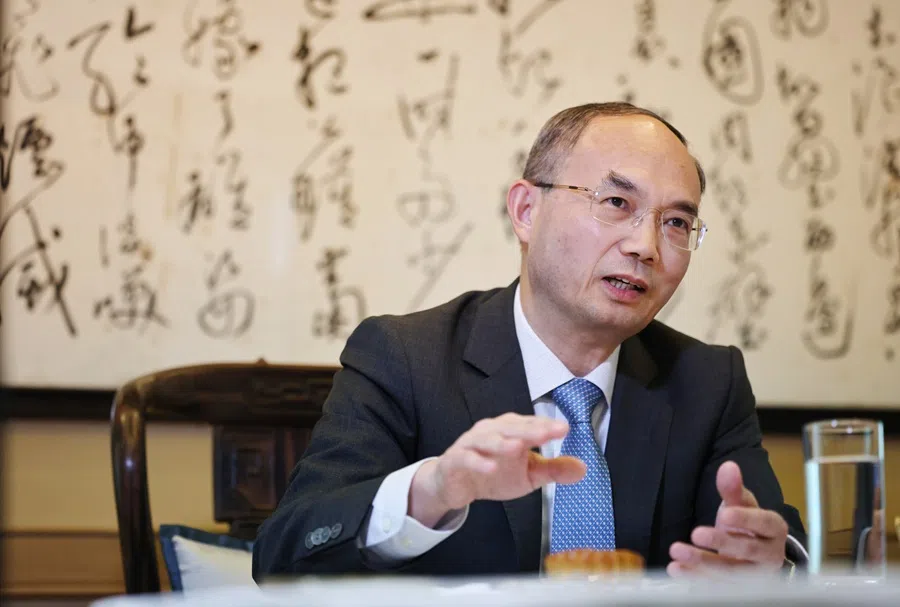
Cao noted that the world is undergoing a period of profound transformation, with free trade facing strong headwinds. Yet, he believes globalisation continues to move forward, and that China and Singapore should keep advancing cooperation through ASEAN frameworks such as ASEAN 10+1 and ASEAN Plus Three (with Japan and Korea) to uphold multilateralism and the free trade system — all while maintaining strong bilateral ties.
He also pointed out that both Singapore and China are members of the UN, the most important international institution established after the Second World War. This, he said, gives both countries a shared responsibility to safeguard the principles of the UN Charter.
Despite the many challenges we face, our two countries must remain steadfast,” Cao said. “Some issues may appear daunting now, but over time, they may not be insurmountable. If the international community can work together, the postwar world order can be preserved — and that will ultimately benefit all nations.”
Top-level and people-to-people engagements
Engagement between the political leaders of both countries and strong mutual trust has provided a firm foundation guiding bilateral relations. At the same time, people-to-people exchanges are also vital.
Cao observed that the strength and depth of the relationship between the leaders of both countries has been maintained over several generations, from Singapore’s founding Prime Minister Lee Kuan Yew to current Chinese President Xi Jinping, reinforcing the foundation of mutual trust.
“If things are warm at the top but cold at the bottom, the relationship wouldn’t be healthy. It has to be warm at both levels — among leaders and among the people — for mutual trust to truly endure.” — Cao
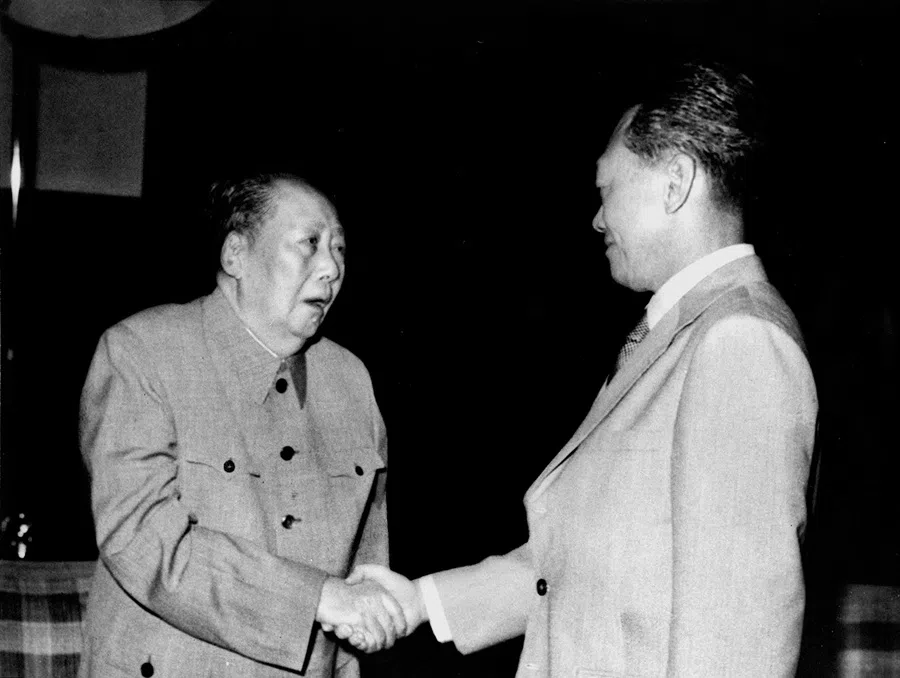
This trust, Cao said, rests on mutual respect and equal treatment. He believes that both countries have consistently acknowledged and respected each other’s key concerns and core interests — the foundation of long-term mutual trust.
“Ultimately, our leaders play a vital role in steering this relationship, much like a ship’s captain guiding its course,” he explained. “But the warmth between our peoples matters just as much. If things are warm at the top but cold at the bottom, the relationship wouldn’t be healthy. It has to be warm at both levels — among leaders and among the people — for mutual trust to truly endure.”
Cao said the connections between the peoples of both countries will have a positive impact on bilateral ties — not only strengthening their foundation but also helping them endure. To this end, he believes the next step is to place greater emphasis on “soft” diplomacy.
Travel and tourism is an important means to increase mutual understanding. With the mutual 30-day visa exemption policy that came into effect at the beginning of last year, travel between the two countries has surged.
China received more than 1 million visitors from Singapore before the pandemic, and numbers have gradually rebounded since. Tourists make up a significant proportion — Cao noted that many did not limit themselves to the major cities, choosing to visit Chongqing, Guizhou, and Yunnan, and even venturing to the northwestern regions of Xinjiang and Gansu to explore Chinese history, culture, and natural landscapes.
Figures from the Singapore Tourism Board show that 3 million Chinese visitors entered Singapore last year, an increase of 126% over the previous year — and sealing China’s position as Singapore’s top source of inbound tourists once again.
Since arriving in Singapore last year, he has become a fan of local favourites like bak kut teh and laksa, often recommending them to visiting Chinese delegations — with glowing reviews.
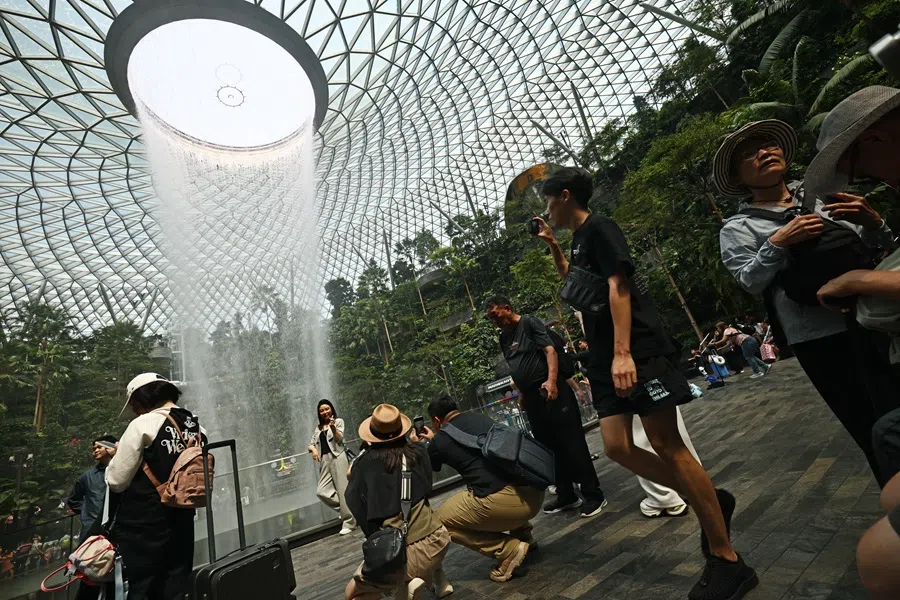
Educational exchanges are another key driver of bilateral ties. Cao noted that approvals have been granted to establish schools for the children of Singaporeans living in China in various locations. Universities and other institutes of higher learning in both countries have also set up platforms for collaboration, along with scholarships, cultural immersion programmes and other student activities — all positive initiatives that deserve strong support. In today’s digital age, young people are also connecting through social media channels such as RedNote, WeChat, and TikTok.
Cultural exchanges have also expanded in recent years. The Singapore Chinese Orchestra, the Asian Civilisations Museum, and other organisations have brought performances and exhibitions to China, while many Chinese cultural highlights — including the popular dance shows A Tapestry of a Legendary Land and A Dream of the Red Mansions, as well as the orchestra performance The Yellow River — have been staged in Singapore. Community groups, chambers of commerce, and alumni associations have also been active, helping to strengthen ties and build enduring bridges between the two countries.
Bak kut teh and laksa get the thumbs up
Food, Cao said, is one of the best forms of cultural exchange. Since arriving in Singapore last year, he has become a fan of local favourites like bak kut teh and laksa, often recommending them to visiting Chinese delegations — with glowing reviews.
Durian, however, remains a tougher nut to crack. “At first, I avoided it because of the smell,” he admitted. “My wife loves it, so I’ve given it a try too, but in moderation. They say the more you taste it, the more you like it — maybe I’ll get there someday, but I’m not quite there yet.”
This article was first published in Lianhe Zaobao as “中国驻新大使曹忠明:建交35年 新中关系三变三不变”.
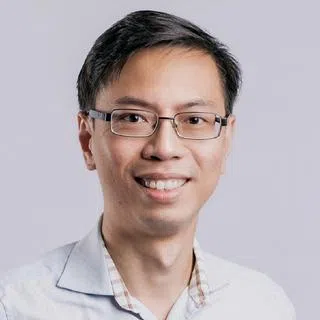

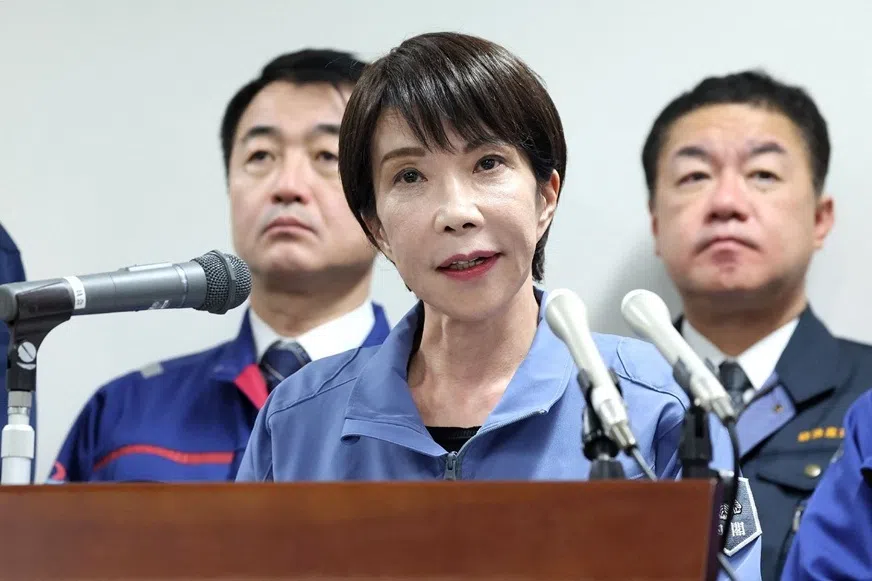
![[Big read] China’s 10 trillion RMB debt clean-up falls short](https://cassette.sphdigital.com.sg/image/thinkchina/d08cfc72b13782693c25f2fcbf886fa7673723efca260881e7086211b082e66c)
![[Big read] Love is hard to find for millions of rural Chinese men](https://cassette.sphdigital.com.sg/image/thinkchina/16fb62fbcf055b710e38d7679f82264ad682ce8b45542008afeb14d369a94399)
